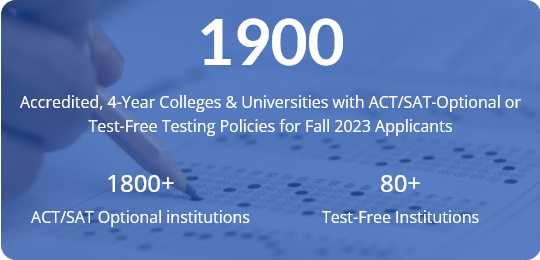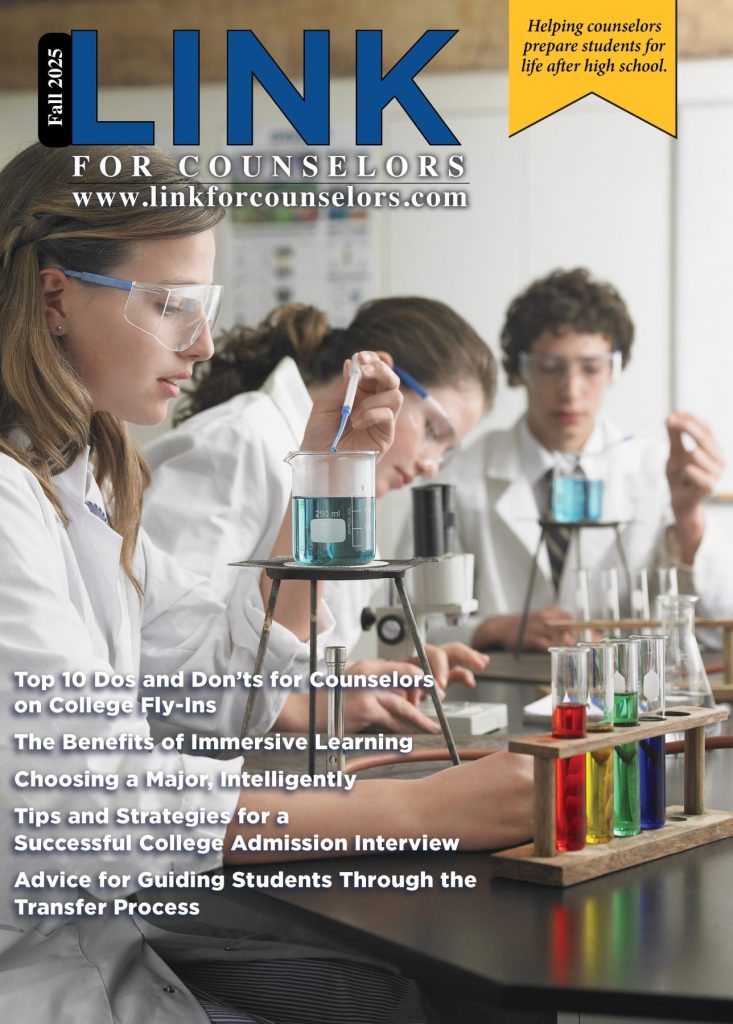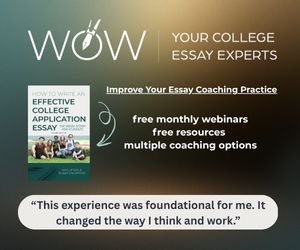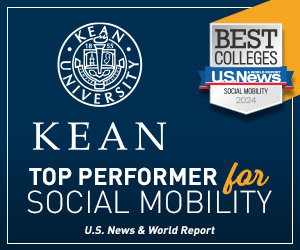Summer is Primetime for Writing College Application Essays
As the school year winds down, it’s important for incoming high school seniors and their parents to understand why summer – besides being a great time to hang out at the pool! — is a great opportunity to start writing that all-important college application essay. Tackling this crucial task early on can lead to a smoother application process and increase a student’s chances of standing out among their competitors.
Beat the fall rush
Many students wait until the busy time of fall to start their essays, which is a recipe for stress and mediocre work. When the school year sets in, they become consumed by homework, extracurricular activities and outside jobs and are unable to dedicate the time needed to write an excellent essay.
Of course, parents want them to be able to focus on their academics when they need to, but their essay should not have to fall by the wayside because of that. By starting early, your student will have ample time to pick a prompt that resonates with them, brainstorm ideas, conduct research and craft a compelling essay without feeling that crunch.
Unleashing creativity
The slower paced nature of summer provides an ideal environment for unleashing a student’s creativity, too. With fewer academic pressures and time constraints, they can let their imagination run free and explore unique perspectives.
Encourage them to take a deep dive and see where their thoughts lead, reflecting on experiences, values and goals. This will result in a more authentic and engaging essay that captures the attention of admissions officers.
Gathering material
Summer activities, internships, employment and travel can help a student create experiences that enrich their essay. Whether it’s participating in an internship or job-shadowing, volunteering, traveling or pursuing personal projects, these experiences provide valuable material to incorporate into an essay.
When looking for material, advise your student to avoid using cliches and rehashing their extracurriculars — admissions officers will already see that on their application. By sharing specific anecdotes and lessons learned through these other experiences, they will make their essay more vivid and memorable to admissions officers.
Developing a unique narrative
During summer break, time is on your student’s side, and they have the luxury of intentionally taking time to engage in introspection and discover their own compelling personal stories.
You can help them reflect on moments that have shaped them, challenges they’ve overcome, ways that they have grown and lessons they have learned. The college essay is the one opportunity a student has to use their voice and stand out from who they are “on paper.” Developing a unique narrative that showcases character and resilience will make the student’s essay memorable and distinct.
Time for revisions
Students can use the summer months to share their drafts with mentors or teachers as well as you, their parent, for valuable feedback. After receiving this feedback, it’s time to edit, edit, edit and then edit some more. This revise/review/revise cycle is critical for refining the essay.
Lighten the burden of applying to college
By completing their essay early, the student will have more time in the fall to focus on other application components: standardized tests, recommendation letters and extracurricular involvement. This proactive approach reduces stress and allows them to manage their time effectively throughout the application process.
All students applying to college want to give themselves an edge over everyone else in the application pool. By choosing to write their college application essay during the summer months, they’re gaining a significant advantage over those who wait until the fall.
The relaxed atmosphere, ample time for reflection, ability to seek feedback and the opportunity to engage in meaningful experiences all contribute to the creation of a compelling essay that truly reflects their unique qualities and experiences.
So, encourage your child to take advantage of the lazy, hazy days of summer break to get a head start on this crucial part of the college application process.
Elizabeth Lough is a high school guidance counselor with North Middlesex Regional School District in Massachusetts and advisor with My College Planning Team, based in the Chicago area. www.collegeplanningteam.com . Please contact her at: MyCollegePlanningTeam@gmail.com













